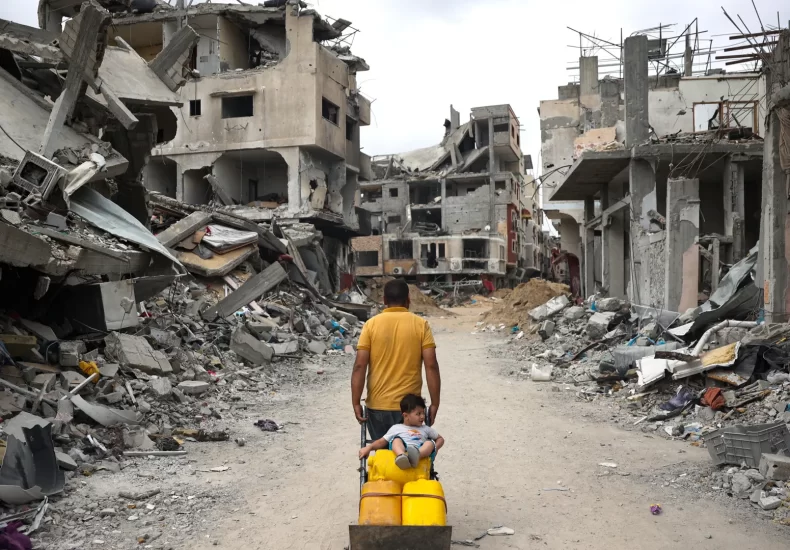
Material Losses: LA Fire vs Gaza Conflict
Comparing Material Losses: Los Angeles Fire vs Conflict in Gaza
The scale of material losses from the Los Angeles fire and the ongoing conflict in Gaza reveals the devastating toll of these crises. Each represents a distinct type of catastrophe, with unique causes and impacts, yet both share a common thread of destruction affecting lives, infrastructure, and economies. Comparing these two events underscores the immense challenges faced by communities in rebuilding and recovery.
Material Losses from the Los Angeles Fire
The Los Angeles fire, driven by extreme weather conditions and prolonged drought, has caused significant damage to homes, businesses, and natural landscapes. According to recent estimates:
Residential Damage: Thousands of homes have been destroyed, displacing families and leaving entire neighborhoods uninhabitable.
Economic Losses: The fire has cost billions of dollars in property damage, firefighting efforts, and lost business revenue.
Environmental Impact: Acres of forestland have been scorched, with long-term effects on local ecosystems and air quality.
While the financial toll is staggering, the emotional impact on residents who have lost their homes and livelihoods is immeasurable.
Material and Human Costs in Gaza
In contrast, the conflict in Gaza represents a complex humanitarian crisis, with material losses intertwined with deep human suffering. The destruction from military operations includes:
Infrastructure Damage: Thousands of buildings, including schools, hospitals, and homes, have been reduced to rubble.
Economic Devastation: Gaza’s already fragile economy has been crippled, with industries, markets, and essential services severely affected.
Key Differences in Impact
While both events involve extensive material destruction, their underlying causes and broader implications differ significantly:
Natural vs. Man-Made: The Los Angeles fire is a natural disaster exacerbated by climate change, whereas the Gaza conflict is a result of geopolitical tensions.
Recovery Potential: Infrastructure in Los Angeles can be rebuilt with sufficient funding and support, but the prolonged conflict in Gaza complicates efforts to restore normalcy.
Humanitarian Crisis: The Gaza conflict involves widespread loss of life and long-term displacement, making it a crisis that goes beyond material losses.
Lessons from Both Crises
Investing in Prevention: Improved forest management and climate action could reduce the frequency and severity of wildfires. Similarly, diplomatic efforts and international cooperation are crucial in addressing conflicts like that in Gaza.
Strengthening Resilience: Building infrastructure that can withstand disasters, whether natural or man-made, is key to minimizing losses.
Prioritizing Human Welfare: Both crises underscore the importance of addressing human needs alongside material recovery.